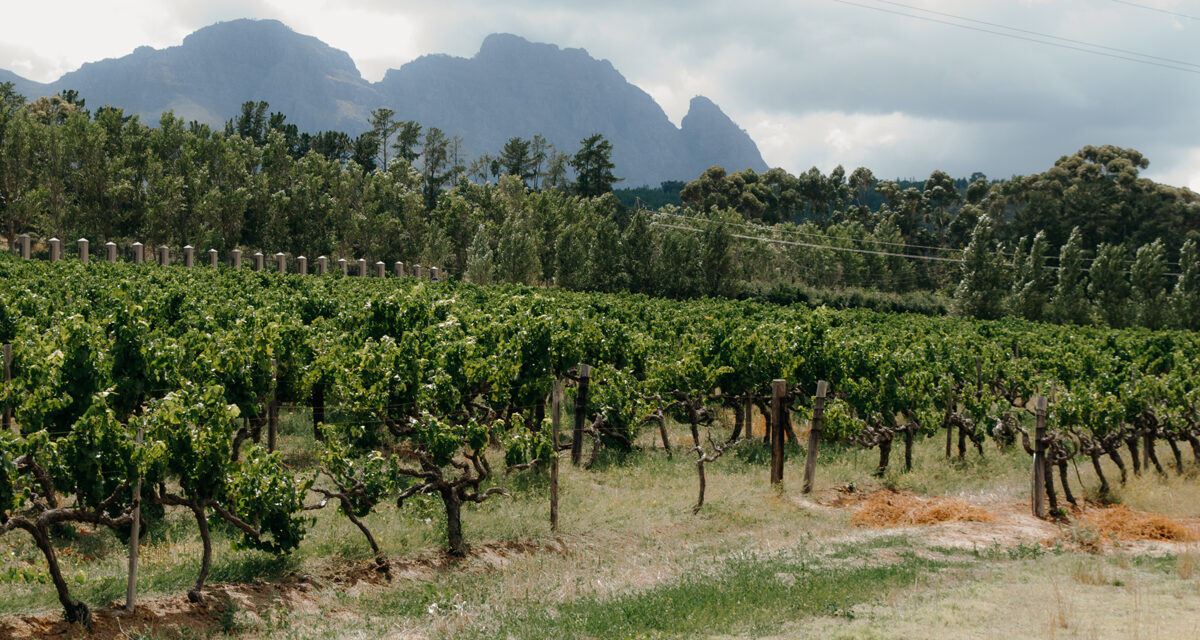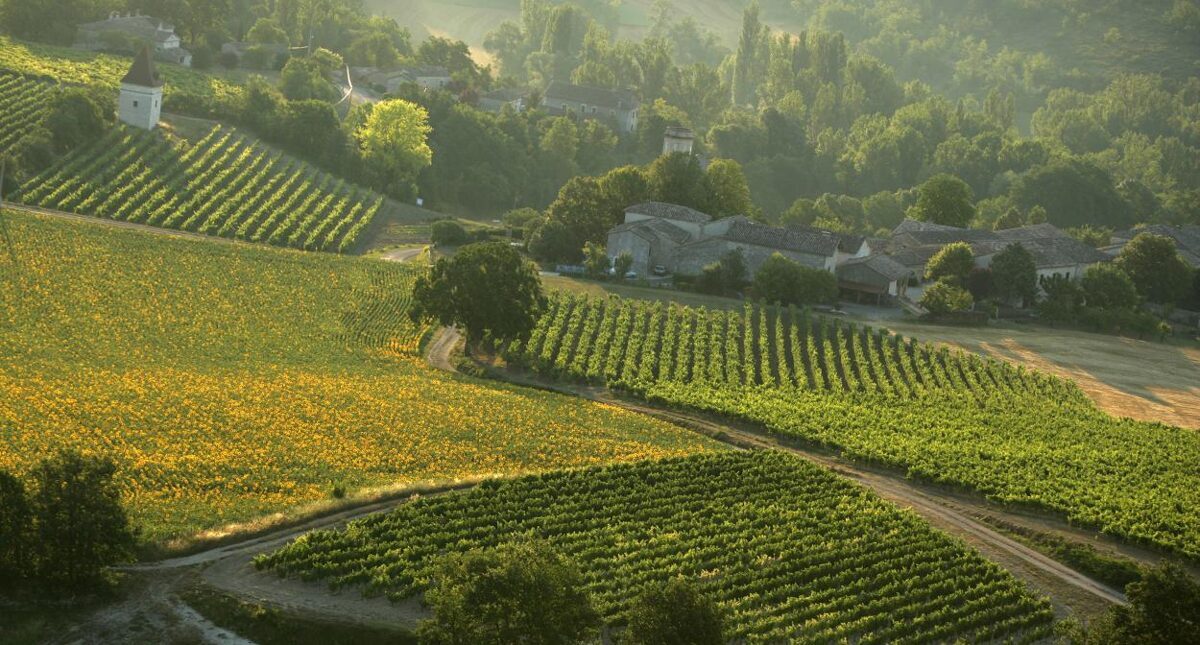SOUTH AFRICA

South Africa, the southernmost country on the African continent, is renowned for its extraordinary natural beauty and cultural diversity, which has made the country a popular travel destination since the legal end of apartheid in 1994. South Africa is also known as the rainbow nation because it is made up of so many different cultures and religions - Zulu, Xhosa, Pedi, Tswana, Ndebele, Khoisan, Hindu, Muslim and Afrikaner… just to name a few.
South African wines are just as diverse, in the vicinity of the Cape, thanks to the perfect climate, the first wine regions began to form more than 300 years ago, so South Africa can hardly even be called the new world, compared to Australia or California, where wine has been produced since the 18th century. at the very end of the century. South Africa's magnificent and wild nature offers an especially wide range of opportunities for a wide variety of grape varieties and tastes, depending on whether the vineyards are located closer to the ocean coast or in the hot interior or in more mountainous areas. The most popular are Cabernet sauvignon, Merlot, Pinotage, Syrah, Chardonnay, Chenin blanc, Sauvignon blanc... the most famous region, which was one of the first to be recognized for the cultivation of quality wines, is Stellenbosch. Today, South African wines have achieved international attention with a fantastic quality that can be compared to the world's best wines from the most prestigious regions, while maintaining relatively very moderate prices. The most typical and also the most unique South African grape variety is the red Pinotage, which is a cross between Pinot Noir and Cinsault. The classic Cape Pinotage aroma has notes of roasted coffee, dark chocolate and berries. The town of Stellenbosch in South Africa's coastal wine region is internationally recognized as the birthplace of the Pinotage grape. Another notable aspect of South African viticulture is the social support for the local population, a dimension rarely discussed elsewhere. All possible work is done manually, both in the vineyard and winery, as well as in the widely developed wine tourism industry, in order to employ as many workers as possible. Sometimes wineries provide workers with food, security, and even school for their children.

